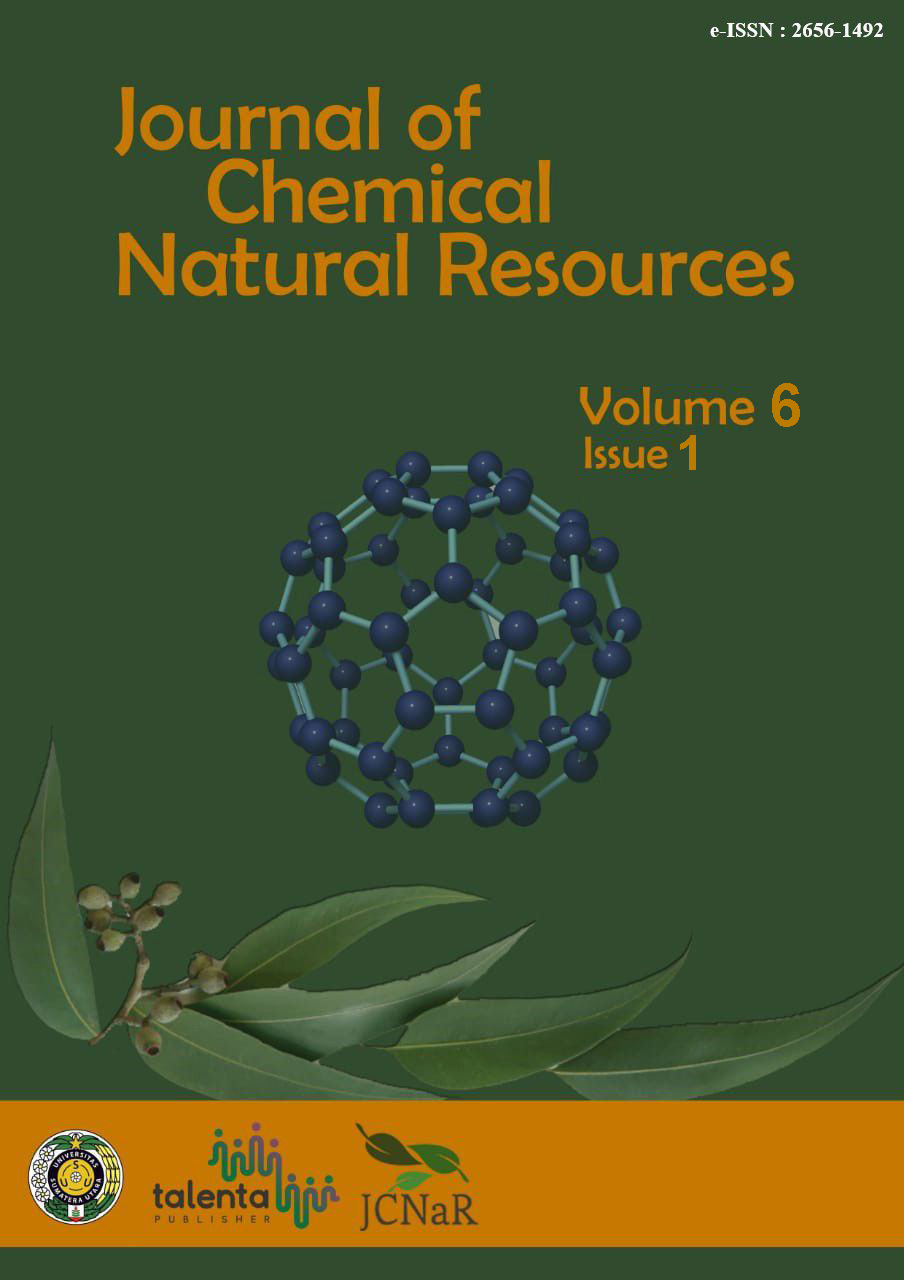Electrolysis of Metal Coating Industrial Waste Using Carbon Electrode to Reduce Metal Levels of Chromium (Cr), Zink (Zn), and Cadmium (Cd)
DOI:
https://doi.org/10.32734/jcnar.v6i1.16208Keywords:
Electrolysis, Heavy Metal, Metal Coating, Poly Aluminium Chloride, WastewaterAbstract
The wastewater from the metal coating industry comprises hazardous and poisonous metals, necessitating the reduction of its concentration before its release into water. The typically employed chemical technique involves the addition of Poly Aluminium Chloride (PAC), which causes the hazardous element to accumulate due to the subsequent application of Poly Aluminium Chloride (PAC). Next, the metal content is measured and determined using the atomic absorption spectrophotometry. This study employed the electrolysis technique utilizing carbon electrodes. The liquid waste undergoes electrolysis with voltage changes of 8, 11, 14, and 17 volts for 2 hours. The investigation yielded the optimal voltage for minimizing the metal content. The voltage applied to the metal is 17 volts. The reduction in the concentrations of Cr, Zn, and Cd metals achieved with the optimal voltage is 63.02%, 70.02%, and 80.14%, respectively.
Downloads
References
I. Suharto, Limbah Kimia Dalam Pencemaran Udara dan Air. Yogyakarta: Penerbit Andi Offset, 2011.
M. Jaishankar, T. Tseten, N. Anbalagan, B. B. Mathew, and K. N. Beeregowda, “Toxicity, mechanism and health effects of some heavy metals,†Interdiscip. Toxicol., vol. 7, no. 2, pp. 60–72, 2014, doi: 10.2478/intox-2014-0009.
J. Briffa, E. Sinagra, and R. Blundell, “Heavy metal pollution in the environment and their toxicological effects on humans,†Heliyon, vol. 6, no. 9, p. e04691, 2020, doi: 10.1016/j.heliyon.2020.e04691.
R. Ismawati, R. Rahayu, R. Puspitarini, A. Muhlisin, and A. Tawang, “Poly Aluminum Chloride (PAC) as Coagulant in Liquid Waste Treatment of Tofu,†Walisongo J. Chem., vol. 5, no. 1, pp. 53–58, 2022, doi: 10.21580/wjc.v5i1.9417.
Djajadiningrat and H. Asiz, Pengolahan Limbah Cair Tanpa Bahan Kimia. Bandung: ITB Press, 2004.
R. M. El-taweel et al., “A review of coagulation explaining its definition, mechanism, coagulant types, and optimization models; RSM, and ANN,†Curr. Res. Green Sustain. Chem., vol. 6, no. October 2022, p. 100358, 2023, doi: 10.1016/j.crgsc.2023.100358.
F. Hutagalung, “Elektrolisis Limbah Cair Industri Pelapisan Logam Dengan Menggunakan Elektroda Aluminium Untuk Menurunkan Kadar Logam Kromium (Cr), Zink (Zn) dan Kadmium (Cd),†Universitas Sumatera Utara, 2018.

Downloads
Published
Issue
Section
License
Copyright (c) 2024 Journal of Chemical Natural Resources

This work is licensed under a Creative Commons Attribution-ShareAlike 4.0 International License.














